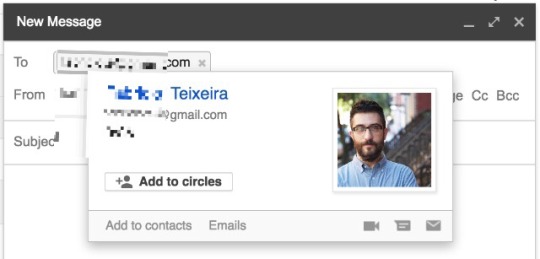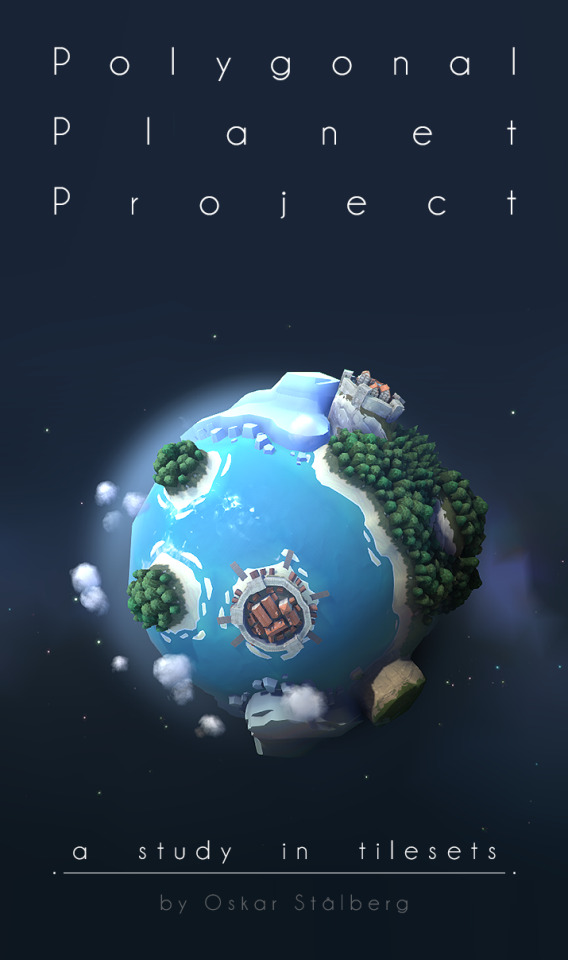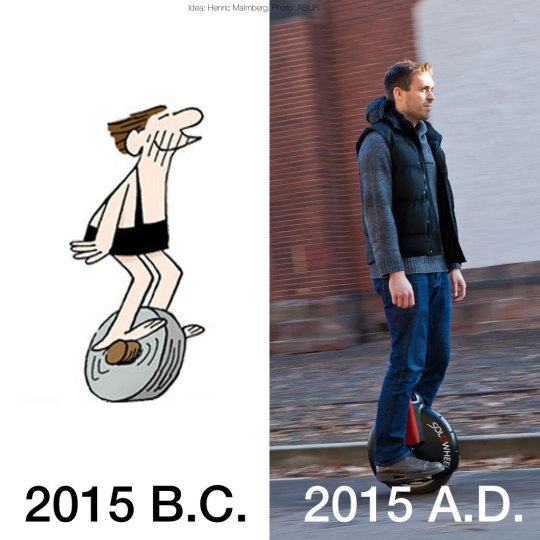Photo

Two useful tips for email addresses:
If you can guess someone's email address, you can verify it by typing it into Gmail. If the popover box appears with the person's name (even better: their photo), the address is verified.
Gmail apparently ignores dots in @gmail.com addresses, so [email protected] is the same account as [email protected].
1 note
·
View note
Photo
Amazing!





Polygonal Planet Project
a study in tilesets, by Oskar Stålberg
Playable in your browser at:
http://oskarstalberg.com/game/planet/planet.html
Or download a faster version for your desktop at:
http://oskarstalberg.com/game/planet/planet.rar
3K notes
·
View notes
Text
MongoDB search cheat sheet
{ qty: { $not: { $gt: 5 } } } // qty is "not >5" (i.e. 5 or below)
{ qty: { $ne: 20 } } // qty is "not 20" (includes undefined)
{ qty: { $in: [5, 15] } } // qty is either 5 or 15
{ qty: { $nin: [5, 15] } } // qty is neither 5 nor 15
{ qty: { $gte: 5, $lte: 15 } } // qty is >5 and <15
{ qty: { $exists: true, $nin: [5, 15] } // qty exists but isn't 5 or 15
{ names: { $type: 4 } } // find where 'names' is an array: https://docs.mongodb.org/manual/reference/operator/query/type/#op._S_type
{ names: { $type: 10 } } // find where 'names' is null
{ names: null } // find where 'names' is null or undefined
{ qty: 5, price: 1.99 } // implicit $and statement
{ $and: [ { qty: { $ne: 5 } }, { qty: { $exists: true } } // qty is not 5, but exists
{ $or: [ { qty: { $ne: 5 } }, { qty: { $exists: true } } // qty is not 5 or exists
1 note
·
View note
Link
Europe needs to catch up!
1 note
·
View note
Text
All the CSS sizing units you didn’t know existed
If you’re a front-end developer/designer, you probably know px and em sizing units. But did you know there’s 15 of them?
em: This unit represents the calculated font-size of the element. If used on the font-size property itself, it represents the inherited font-size of the element.
ex: This unit represents the x-height of the element’s font. On fonts with the ‘x’ letter, this is generally the height of lowercase letters in the font; 1ex ≈ 0.5em in many fonts.
ch: This unit represents the width, or more precisely the advance measure, of the glyph ‘0’ (zero, the Unicode character U+0030) in the element’s font.
rem: This unit represents the font-size of the root element (e.g. the font-size of the <html> element). When used on the font-size on this root element, it represents its initial value.
vh: 1/100th of the height of the viewport.
vw: 1/100th of the width of the viewport.
vmin: 1/100th of the minimum value between the height and the width of the viewport.
vmax: 1/100th of the maximum value between the height and the width of the viewport.
px: Relative to the viewing device.
mm: One millimeter.
cm: One centimeter (10 millimeters).
in: One inch (2.54 centimeters).
pt: One point (which is 1/72 of an inch).
pc: One pica (which is 12 points).
mozmm: An experimental unit which attempts to render at exactly one millimeter regardless of the size or resolution of the display. This is rarely actually what you want, but may be useful in particular for mobile devices.
Source: https://developer.mozilla.org/en/docs/Web/CSS/length
0 notes
Video
Updated #saturdayhack: bit.ly/lego-hero #lego
0 notes
Photo

Marble at the Hilton. #sthlmtech (på/i Hilton Stockholm Slussen)
0 notes
Text
The End of Walking

I predict that walking will become a lifestyle, not a necessity.
With powered personal transportation such as Segway, Solowheel, Boosted skateboards, scooters and the recent WalkCar, walking will be optional, an activity reserved for the sporty and outdoorsy.
youtube
What will the future bring? Powered exoskeletons?
0 notes
Text
Fuck Inbox Zero
It’s time to rethink email. “Inbox Zero” is not working.
Archiving/tagging/deleting that last email gives you a warm fuzzy feeling of accomplishment, but it won’t last long, and you know it. In an hour, you’ll have new messages to process. It becomes a game, then a chore, then a daily stress point. It’s a Sisyphus’ boulder, a war you cannot win. It’s like trying to stop the rain by drinking it.
Stop thinking about your email inbox as a tray that can be emptied, and instead see it as a continuous flow, a river that ebbs and flows but always is present. And we need better tools that helps us find the important gold nuggets of information in that river. What are the action points I need to take? The questions that people need me to answer?
Google Inbox or a well-configured Gmail takes us a bit on that way, but they don’t solve the problem completely.
Update: Jacob Landefjord recommends Unibox (Mac OS X) for a more “flow” based approach to email. I need to try this!
0 notes
Text
How to unlock writer’s block: the three phases of writing
I hate writing. It doesn’t come naturally to me, I have to force myself to write anything longer than five words. You might have read something I’ve previously written and be surprised by me saying this but it’s true; I really dislike writing.
So, I’ll try to fix this. I’m reading a few books (see below) on how to improve my writing and find my flow. Also, I want to share a few tips that helped me get through my writer’s block.
I’ve divided it into three phases, because it’s really important to keep the main writing phase (phase 2) uninterrupted and distraction-free.
Phase 1: Before writing
Find a writing tool that you like and where you can work without getting distracted by formatting options. My favorites are iA Writer and Desk.
Find a topic you think your audience is interested in, and that you know fairly well. Ask customers or friends about what they would be interested in reading. You can use sites such as BuzzSumo to see what articles get shared frequently. Collect topic ideas in a notepad.
Do you really need to research? If you’re familiar with the topic, you can go ahead and start writing, and fact check and fill in missing data later.
Nail the headline. It should grab attention, tell the reader what to expect, and be great for search engines. Here’s some headline templates as inspiration.
Writing a brief outline is great.
Phase 2: Writing
Flow is key. Find time to write, and then start writing without interruption. Fact checking, editing, and formatting can happen later. Write a first draft of your blog post or chapter without stopping.
Begin with the most important bit. Don’t “build up” towards the main piece, your readers will fall off before reaching that point.
Don’t research while writing. Instead, make placeholders for data points, quotes, and references. You will add these in the third phase.
Phase 3: After writing
Complete your research and fill out the placeholders that you left blank in the writing phase.
Add an exciting intro to catch the reader’s attention.
Make soundbites worth quoting and sharing.
Edit your text. Cut it down and simplify, then do it again. You can use the Hemingway app to improve your text.
Optional: write a good summary for busy readers.
Bonus: three books that have improved my writing
I’ve found the books below to be really inspiring and helpful in my own writing. Personally, I prefer guidebooks that are short, concise, and clear topic-based chapters and these books all have that:>
“Writing: 25 Writing Tips & Writing Skills for Writing Fiction & Content Writing” by Ernst Jones
“Creative Writing”
“On Writing Well: The Classic Guide to Writing Nonfiction” by William Knowlton Zinsser
1 note
·
View note
Video
youtube
I believe FPV racing to be the future of motor sports. Possibly the future of all sports. It combines human control with super-human abilities, and blends video games with real-world racing.
FPV (“First Person View”) racing is remote-controlled drones (souped-up quadcopters, normally) controlled with an RC controller and a headset linked to a camera on the drone. Your view is as if you were sitting inside the drone.
This means:
You can “fly” (in equipment worth $500, not $500,000).
You can go really, really fast.
You can go to places that previously were impossible (too high, too small, etc).
You can crash spectacularly.
Best of all: you can’t get killed (given the above, that’s pretty amazing).
Carlos “Charpu” Puertolas is one of the best precision FPV drivers, and he posts spine-tingling videos on his YouTube channel.
Let’s extrapolate this a few years. Now it’s mainly flying drones, but this could easily be extended to RC cars, motorcycles, and later: biped robots. These drones would be able to drive/run faster, jump higher and longer than any human. And do so in arenas where no human could survive.
How about Olympic Games for FPV-controlled robots? I don’t think it’s far away.
1 note
·
View note
Photo

JQuery is hard to beat. Looking at the number of questions on Stack Overflow*, JQuery is 6X more popular than Google’s AngularJS, and 40X more popular than Ember.js. And Facebook’s React and Google’s web component framework Polymer have very little activity.
*Yes, more questions could mean that it’s just harder to learn, but I’m willing to bet there’s a tight correlation between number of users and the number of tagged questions on Stack Overflow.
0 notes
Photo

Commitment
Lately, I’ve been thinking about why projects in my past have succeeded or failed. Was it the idea? The team? The market? Access to funding?
Yes… and no. For the projects that failed, I think actually most problems could have been solved:
Wrong idea or market? We could have pivoted.
Wrong team? I could have found more and better people, or removed team members that didn’t perform well enough.
Lack of funding? We could have bootstrapped further, found more “soft money” (grants and loans), asked friends and family.
All in all, I’m becoming more certain that commitment is what determines success or failure. All problems can be overcome if you’re dedicated enough.
If you want your company to succeed, prepare to commit:
Get yourself a financial runway so you have (at least) 6 months where you can focus 100% on your company. I’ve tried several times to start a company while consulting half-time, and I can’t recommend it.
Find co-founders and advisors that can support you, but who you are also accountable to. It’s very easy to quit if it’s only up to you.
Align your priorities with your family. My wife is also an entrepreneur and we have two small kids. It’s not easy, but it can be done.
And with Weld, I’m committed as hell. I will drag it by its hair, kicking and screaming, if that it what it takes. I will make it work.
0 notes

